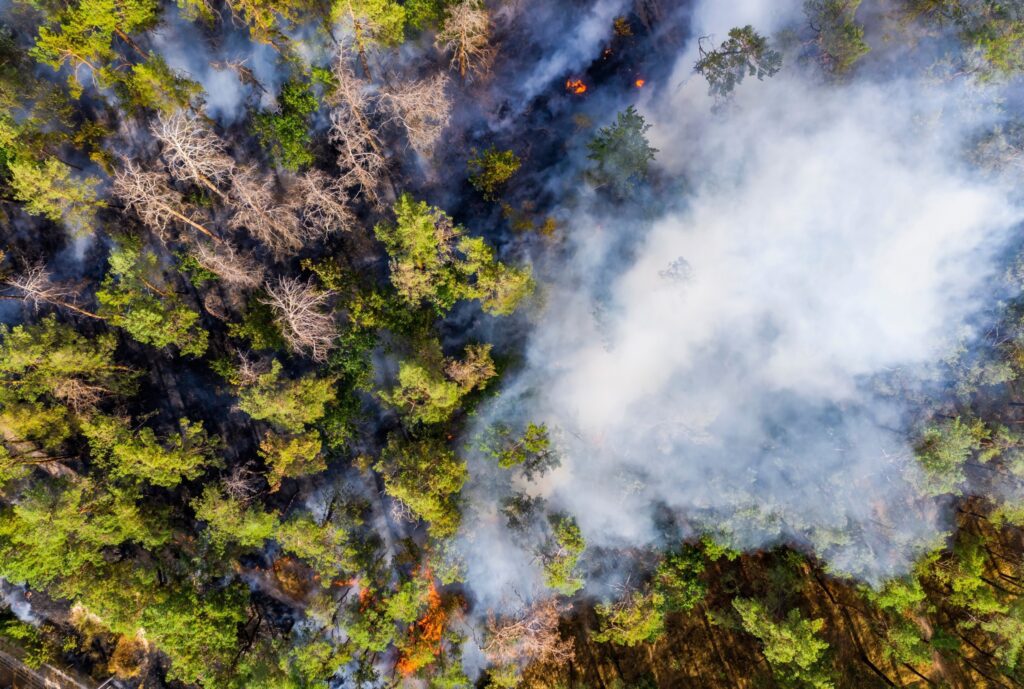The article discusses the evolving role of forests in climate change mitigation, highlighting a recent UN report emphasizing that many forests are now "super emitters" due to frequent wildfires, especially in areas like the Arctic, the Amazon, and Australia. As forests begin to release more carbon than they absorb, traditional carbon policies that reward tree planting without considering the impacts of climate stressors are becoming outdated.
Key points include:
-
Changing Dynamics: Climate change is overwhelming forests, leading to increased carbon emissions, particularly in fire-prone regions.
-
Outdated Policies: Existing carbon markets often reward tree planting without addressing the risks of drought, heat, and pests that make forests more susceptible to burning.
-
Need for Dynamic Management: Policies should shift from static protection to dynamic risk management; this includes local assessments of hydrology and climate impacts.
-
Role of Technology: The report suggests leveraging satellite data to monitor forest health and fire risk in real time, allowing for more informed management decisions.
-
Adaptation Strategies: Adaptation might include reduced planting in vulnerable areas and implementing measures like controlled harvesting to mitigate wildfire risks.
-
Global Surveillance Platform: The report advocates for a global platform that integrates satellite data for better accountability and decision-making in carbon credits and fire management.
- Complexity of Forests: Successful climate strategies must acknowledge the complexity and changing nature of forests to avoid inadvertently increasing emissions.
In summary, the article calls for smarter, evidence-based policies that recognize the dynamic realities of forest ecosystems to effectively combat climate change.


